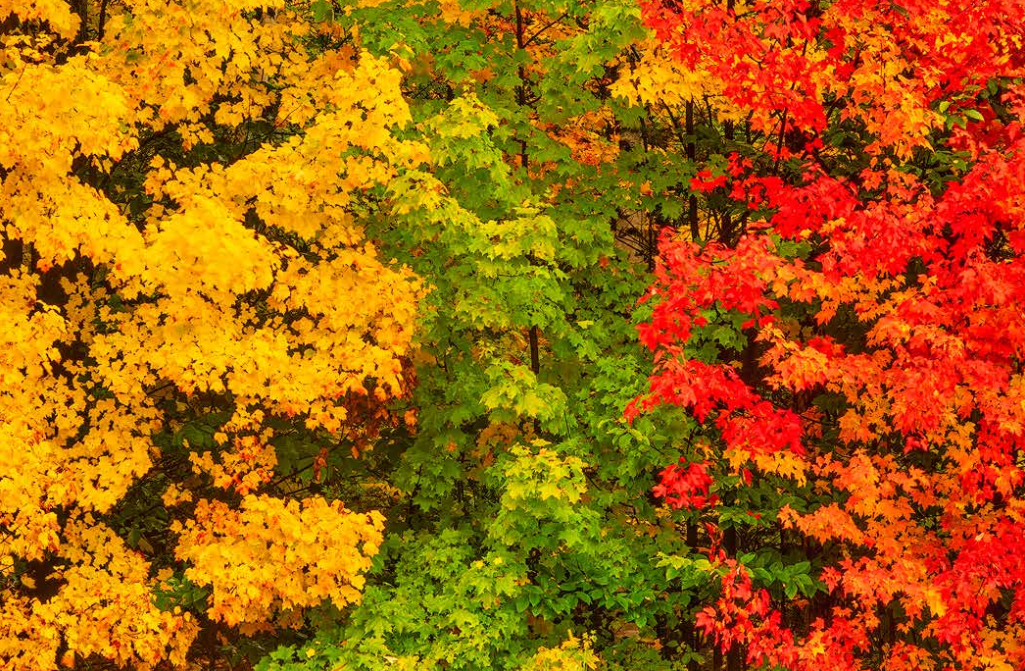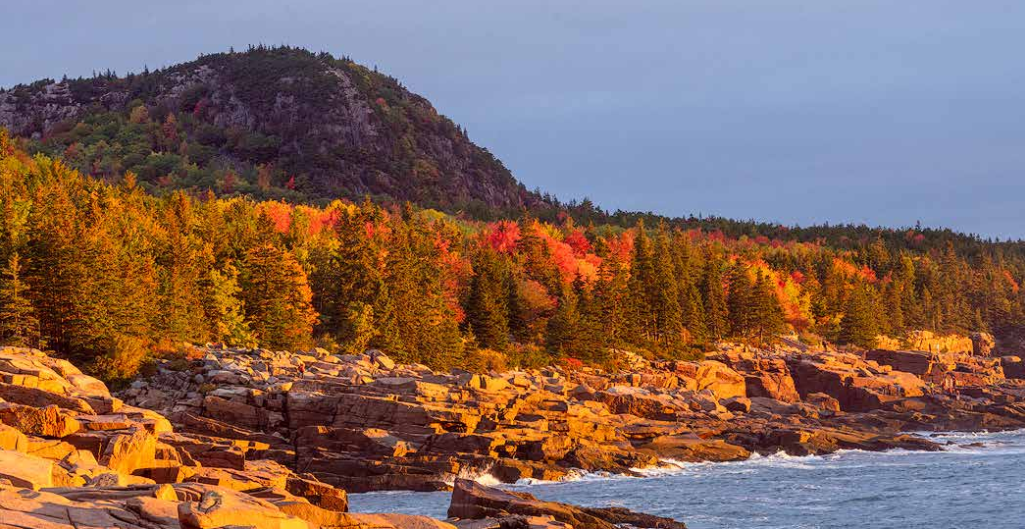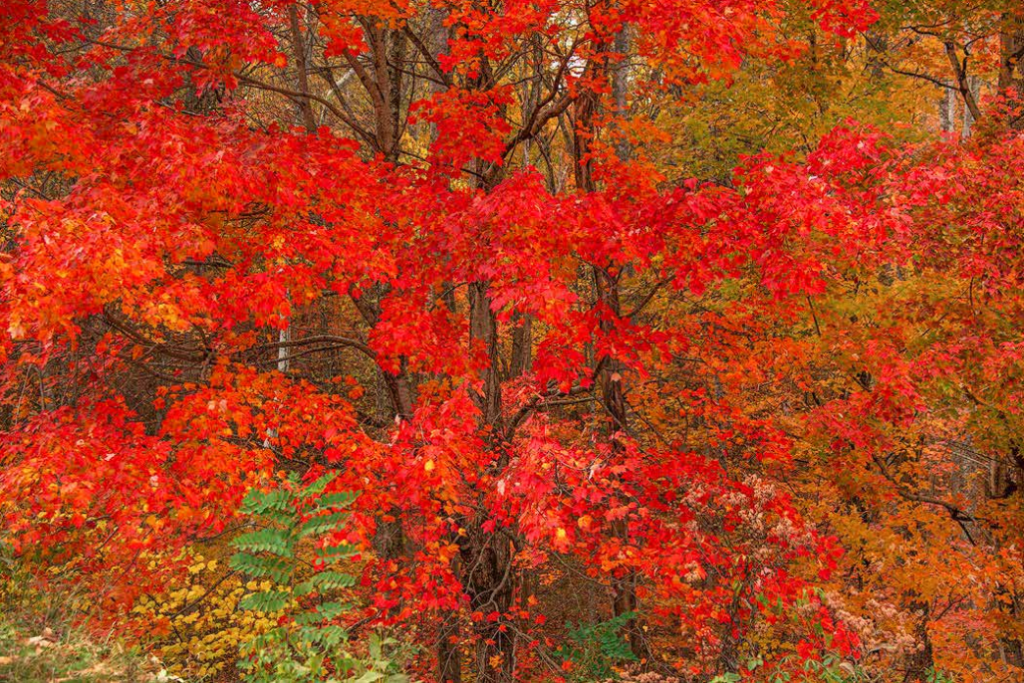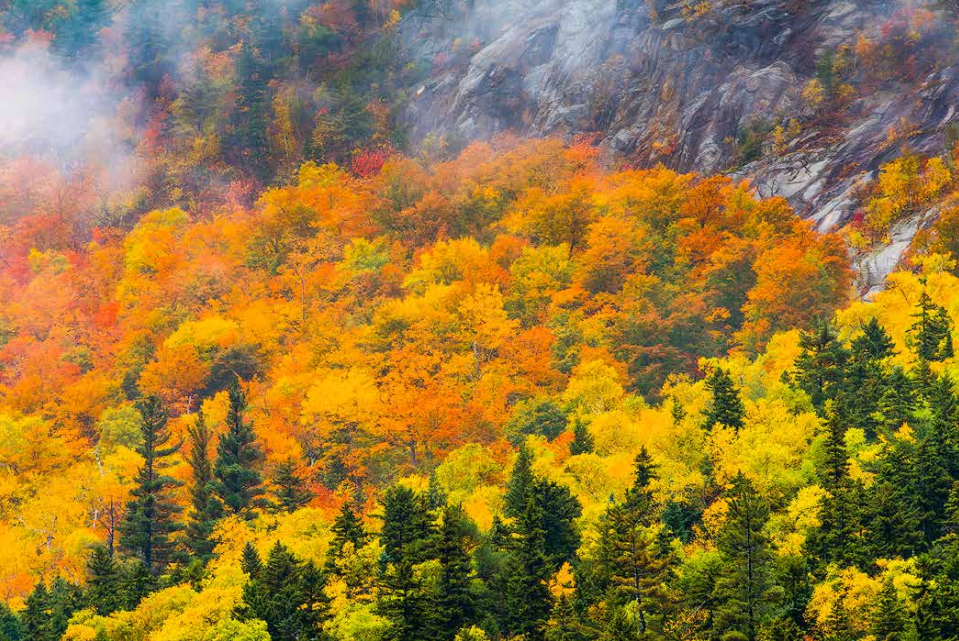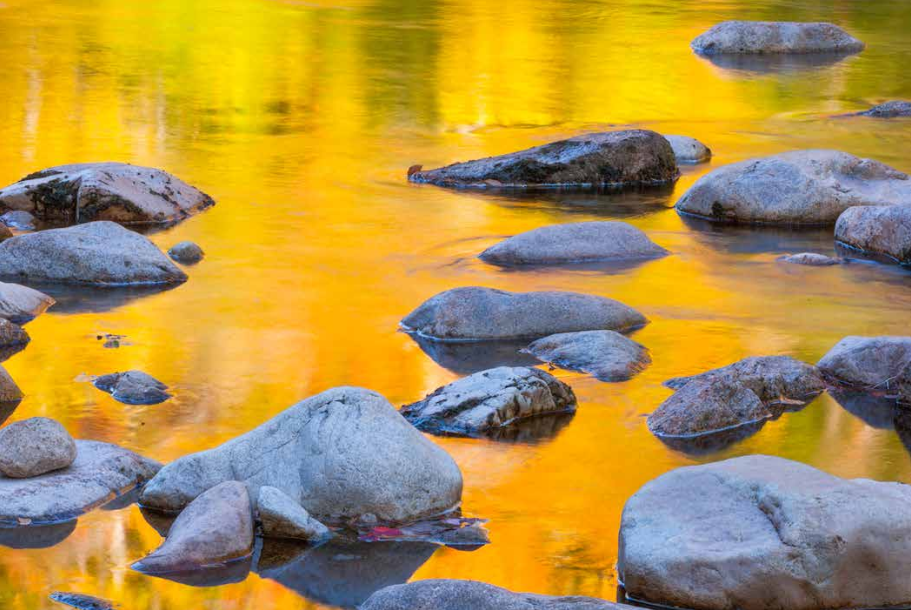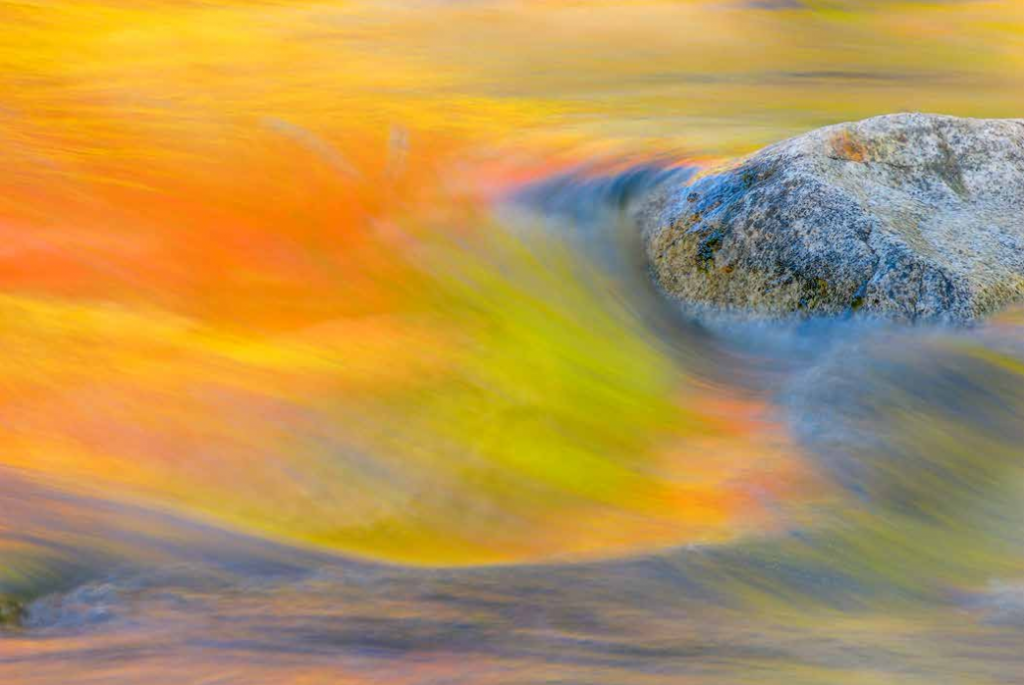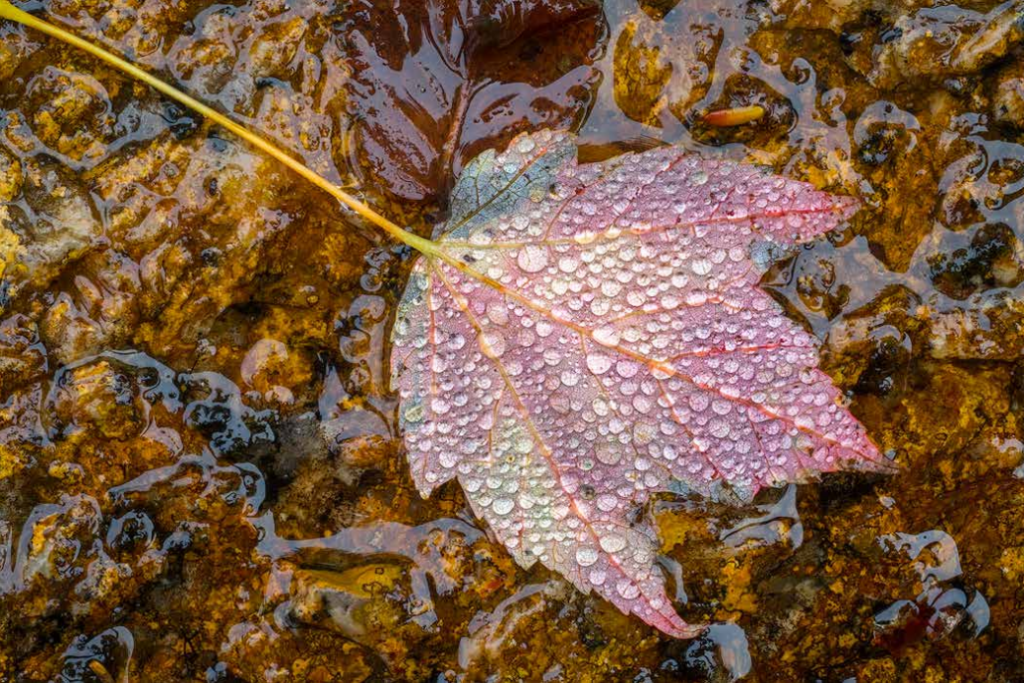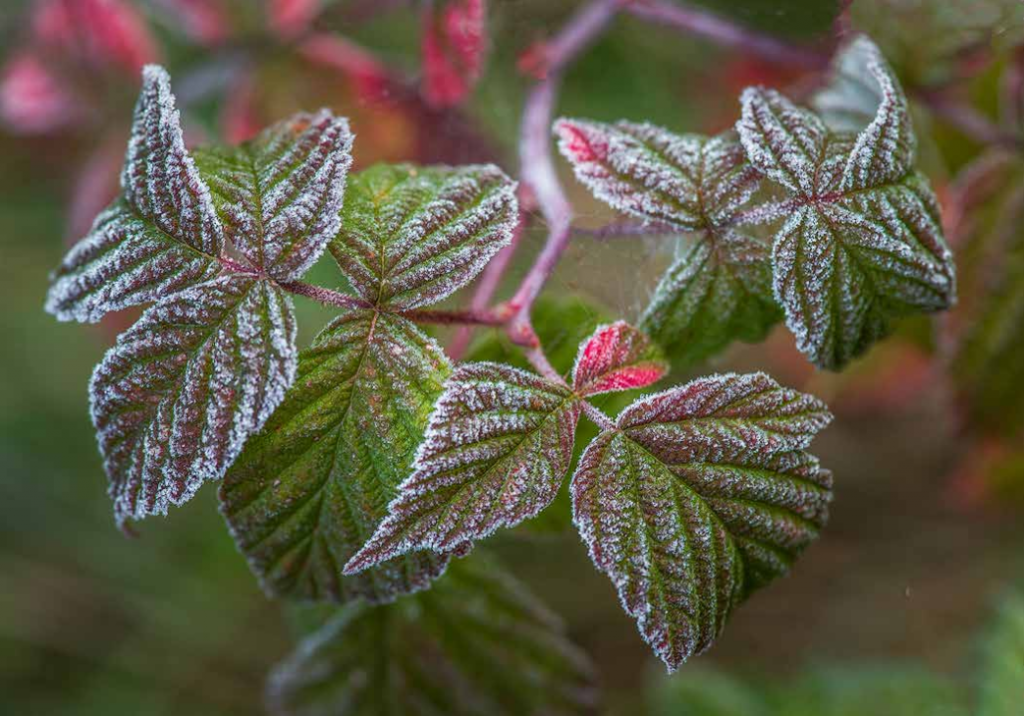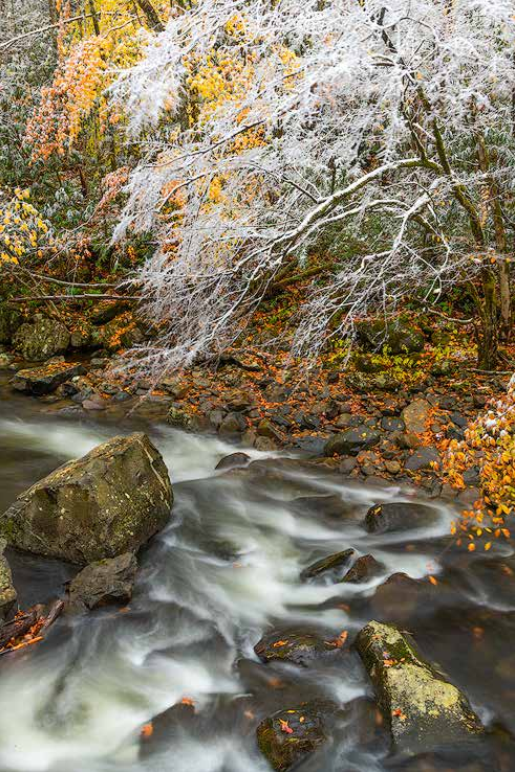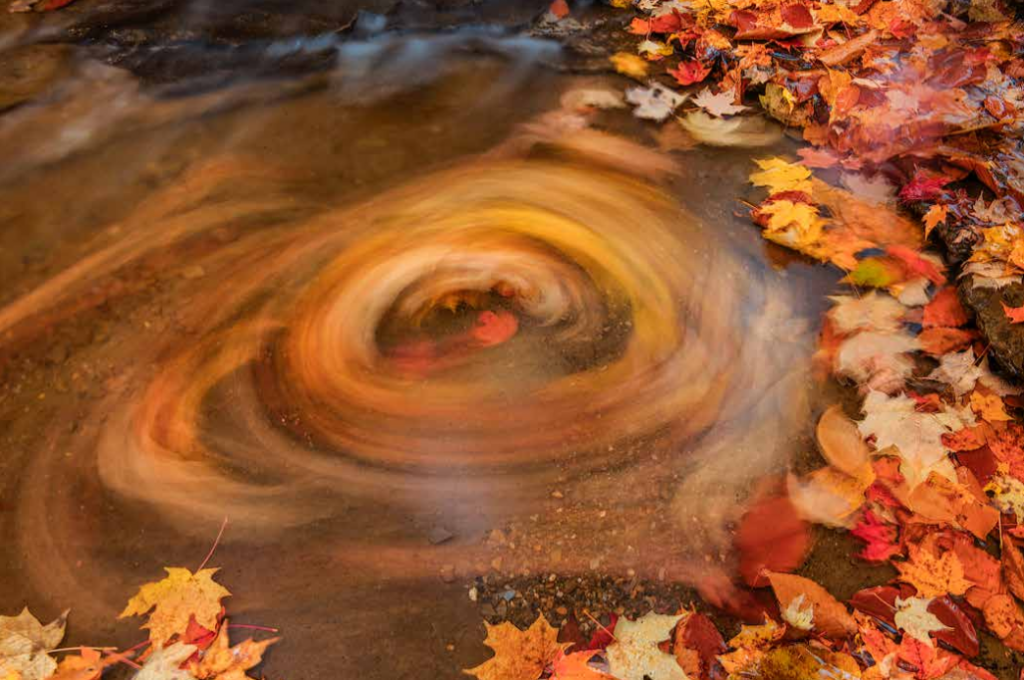FALL Photo tips
By Tony Sweet
Hi and welcome to fall, one of our favorite times of year. There is fall color all over the country, so wherever you choose to photograph, here are a few tips that may help wherever you may roam this fall.
The right tools
Along with your gear, including tripod, you’ll need a polarizing filter to control glare and
optionally a neutral density filter to control the speed of the water flow.
The right clothing
Research the area, but we carry clothes for 20F to 80F, incl. rain gear
Dress in layers and consider NEOS overshoes for wet and muddy areas
The right conditions
Best quality color – overcast, diffused light, light rain
Best reflection color – Water in the shade, trees in bright sun (no clouds)
Early morning for misty ponds and low lying fog
Get out early
We are always at our location at civil dawn (when you barely see enough to walk around)
waiting for light to break. On clear cool mornings, thin ground fog is likely.
And should the dawn sky light up, you’ll be ready.
Image info: We got here when it was dark and waited for the light to brighten up enough
to find the row of grasses that were the least blocked up, where we could see the color through them.
Getting out and scouting locations to find the right locations for sunrise/ sunset is a good practice.
Having a headlamp is recommended. It’s better to be set up and wait at sunrise than rushing to it in the dark. On this fall morning, the warm, low-angle light blast, lasted only a few seconds.
The fully polarized maple leaves removed all glare. Sometimes glare can be our friend. It’s a good
practice to photograph scenes like this, with wet leaves, at various levels of polarization.
Everyone’s first inclination is to drink up as much color as possible in every image. Since this is a very wet scene, I used my polarizer to remove the glare, which darkened the rock face. Actually, you don’t need to mount the polarizer to see the effect. You can just hold the filter up and turn it as you look through it to see if it does what you want.
Fully polarized image deepened the foreground color after removing the glare.
This image is cropped so that the color completely fills the upper 2/3 of the frame with the cool green foreground for a desirable warm/ cool relationship, and exemplifies peak and robust color of fall in northern Ohio.
My personal favorite time to shoot is at the edge of the seasons. Here, we have the final act of fall. The bright mist, separation, and balance gives me the feeling of the calm before the impending winter.
Fall reflections
One of the most fun things to photograph is fall reflections in waterways. It’s not a good idea to fully polarize the scene, as glare (reflection) is the subject, and you don’t want to polarize out your subject, but partially polarizing can work to remove or tone down the glare on rocks.
Shutter speed can greatly affect the feel of an image. Faster exposures separate colors, freezing the action. It’s a good practice to photograph moving water, especially with colorful reflections, at various shutter speeds as every image will be unique.
Make sure to move around your subject area, getting higher and lower to see how the reflections are affected. For example, the green and red colors were much more pronounced by getting lower (about 3 feet off the ground). The exposure is mid-range between the fast exposure of the previous image and the long exposure of the next image. That is why you see some softness and some detail.
As mentioned in the previous image, this is a 4 minute expoure, which seamlessly blends all of the colors
completely. No separation of colors. Very smooth. Liquid gold-like.
MACRO
Fall is a perfect time for frost and heavy dewdrops on colorful leaves.
Don’t be shy about making your own images. The single dewy leaf was very carefully moved to this colorful forest floor.
Pack your macro lens. Areas in deep shade will hold frost for a very long time, however, know that your body heat and breathing can melt frost quickly when working in close proximity.
If you’re close to running streams, go there early in the morning after a chilly clear night. Frost may have formed on the bare trees.
Camera movement with fall color is a fun and creative thing to do. The color combinations are endless and it frees up your creativity. A good starting point is moving the camera during a 1 second exposure in the orientation of the subject (vertical for trees). However, the movement here is a slight diagonal. If the light is too bright even after stopping down and choosing the lowest ISO, you’ll need to add a neutral density filter.
Moving the camera upwards from the bottom of the bright white birch trees during the one second exposure renders this more painterly fall image
Final Tips
Was the leaf there? No. I placed the reddest leaf I could find in the most golden patch of reflection.
Was the leaf there? Yes. The compositional goal was to get the grids perfect and balanced throughout the frame while bottom weighting the leaf.
Don’t forget to look straight up.
Don’t forget to look down. At the bottom of streams and runoffs, if you watch closely, and if there is sufficient water, you will see leaves come to the bottom of the runoff and enter into a small eddy. It may be hard to notice, but it you watch and discover the slow circular movement, try a one minute exposure to capture the movement of this type of colorful fall image. Long exposures will necessitate a neutral densitiy filter.
FILTERS
To slow down the exposure in bright light, I use Singh Ray MorSlo filters: http://singhray.com and
use discount code sweet10. For the examples herein, I used a Variable ND to increase the exposure
time, and a 10 stop fixed neutral density filter for the much longer 4-minute exposure.
To control glare, I use the Singh Ray neutral polarizing filter. If without an ND filter, using a polarizer can hold back 1.5 to 2 stops of light.
We hope that you find this info helpful.
